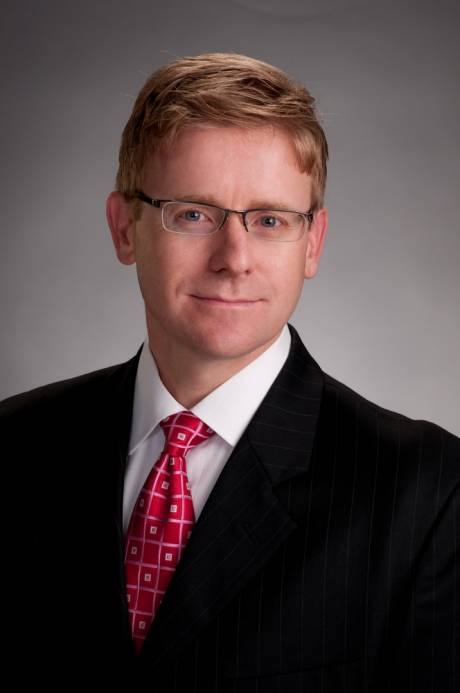
Terry Daniels, DC, who, with wife, Dawn, owns and operates Daniels Family Chiropractic in Warsaw, said a recent study shows that noninvasive procedures – spinal adjustments or alternative drugless therapies – “demonstrate an inverse relationship between chiropractic utilization and opioid use for patients with spinal pain.”
He said an article in Pain Medicine from Sept. 27, 2019, cited statistics revealing that those who saw a chiropractor were 64-percent less likely to use opioids compared to those who did not.
“And regarding lumbar spine surgery, if the first provider a patient sees for back pain is a chiropractor as opposed to a surgeon, 42.7 percent of workers who first saw a surgeon had back surgery whereas just 1.5 percent of workers who first saw a chiropractor required surgery,” he offered.
Daniels’ presentation on the topic of “Non-Opioid Alternatives to Pain Management” will focus on the benefits of nonmedical practices, especially as they relate to preventing injuries and conditions that could lead to chronic pain.
The virtual meeting is scheduled for 9:30 to 11 a.m. tomorrow via Zoom videoconferencing.
Task force members are asked to register by going to www.gowopioidtaskforce.org. Once registered, a confirmation email will be sent with Zoom information and a link to join the meeting.
“As a chiropractor, I tend to look at health and health care from a different perspective,” Daniels said. “I am thankful and grateful that in our society we have developed medical specialties and have the best specialized care in the world. I see the new cancer institutes going up and new cardiac centers going up … however, the question I always ask is, “Where is the new center for prevention of disease, or where is the new how to avoid getting heart disease and how to avoid getting cancer center?”
Daniels said if society concentrated more on prevention, then it would have “to worry much less about treatment.”
“The practice of medicine is the treatment of disease. Optimization of one’s health is rarely addressed other than in passing. We as health consumers have become lazy and reliant upon just getting a prescription and paying lip service to prevention,” he said.
Concerning the opioid crisis, Daniels wonders why society doesn’t do a better job “of fighting this problem on the front end now that the cat is out of the box.”
“What can we do to better manage and treat and eliminate pain from the onset that we are not doing now?”
The majority of opioid prescriptions are for musculoskeletal injury, Daniels said, with an estimated 126.6 million Americans (one in two adults) affected by a musculoskeletal condition. People with these conditions -- back pain, neck pain, headaches and joint injuries – comprise the bulk of a chiropractor’s work.
Daniels noted that chiropractic is the largest drug-free health care profession in the world, and is documented to be effective in the acute and chronic neuromusculoskeletal pain environment. He added that other nonmedical professionals such as massage therapists, physical therapists, yoga instructors, pain psychologists and mindfulness-based stress reduction classes also produce encouraging results.
Along those lines, he said more emphasis should be placed on directing patients to nonpharmacological approaches.
“In my opinion, based on this information, thousands to hundreds of thousands of cases of addiction and even deaths could be avoided if we utilized these practitioners more,” he said. “It is important to bring awareness to this topic because people are dying. The same level of thinking that got us into this problem is not going to get us out of it.”
The doctor said he is thankful that Gov. Andrew Cuomo considered chiropractic physicians as “essential workers” during the COVID-19 pandemic, mentioning that the “vast majority of the emergency chiropractic treatments were performed on essential workers and many medical providers.”
Disclosure: Story by Mike Pettinella, GCASA publicist.
